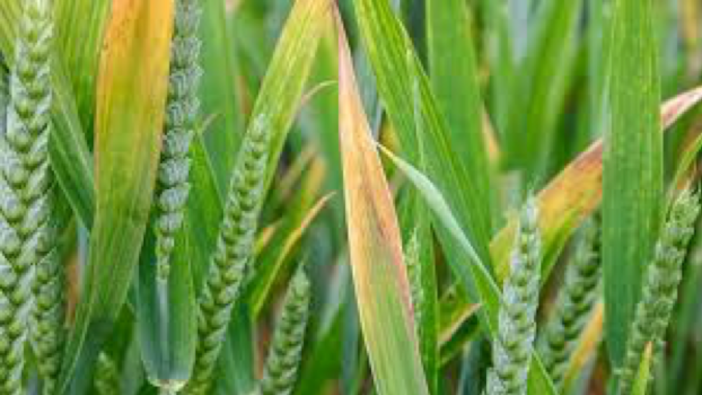Hutchinsons is advising growers on how to manage barley yellow dwarf virus (BYDV) as this autumn has the potential for a higher risk of the infection. The company states that managing the green bridge will be more important than ever.
The green bridge is the potential reservoir of aphids that have survived on volunteer cereals or adjacent host crops and which can infect newly emerging crops. The earlier the infection takes hold, the more damaging the virus can be to yields.
BYDV can emerge directly from wingless aphids walking from infected plants in the same field, or indirectly when winged aphids migrate from further afield.
“Aphid vectors especially Bird Cherry Oat aphids are being caught in suction traps now, so any green stubbles will be attractive to the aphids – increasing the risk of transfer,” said the firm’s southern technical manager, Neil Watson.
“There are several reasons for this elevated risk from the green bridge this autumn,” he says. “There is a potential reservoir of late BYDV infections in winter rather than spring cereals this season, which is the exact opposite of this time last year.
“Bushel weights are not as high as normal, leading to a greater potential of seed going out the back of the combine, ultimately leading to more volunteers, and the moist soil conditions are ensuring a rapid emergence of those volunteers.”

“Also, as more growers move to minimal cultivations or direct drilling this will increase the risk of direct transfer,” he added.
“The increased use of cover crops and environmental headlands can also act as a potential reservoir. And finally, the weather has a role to play; warm conditions will increase the build-up of aphids which is currently ahead of normal.”
Due to this, Mr Watson explained that managing the green bridge is increasingly important: “It’s key there is sufficient time between killing the volunteers through desiccation or cultivations and drilling the next crop. As the volunteers start to die back, and they turn yellow they could present a greater risk of attracting aphids than would normally be the case.
“If large numbers of aphids are present on volunteers or weeds which are cultivated during seedbed preparation, they can feed on new crop roots and transmit virus directly without appearing above ground level to provide a control opportunity.”
“This can be a problem in grassland which has been turned over green. Warm, moist soil conditions facilitate aphid movement through soil.
“Therefore it is important to monitor the flight of aphids into the newly emerged crops by using sticky traps in the newly emerging crops. Place the traps downwind of the potential source of the flight into the crop, in a sheltered area, positioning them 5m in from the headland at ground level.”
While he noted that environmental schemes and grass margins are designed to increase the diversity of natural predators, a lack of diversity could habour more aphids which cannot be treated until the scheme has ended.
“The increasing use of cover crops that inevitably include an element of cereals within the mixture will act as a potential reservoir. Woodland and waste ground could equally be a source of infection.”
For more information go to www.hlhltd.co.uk



